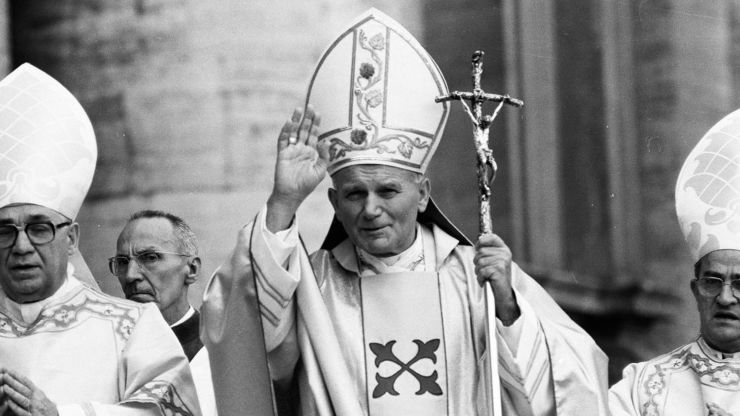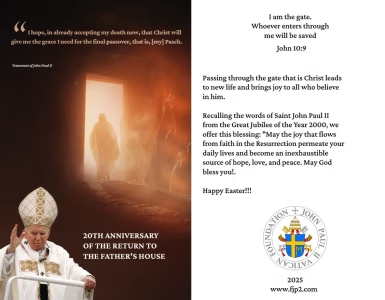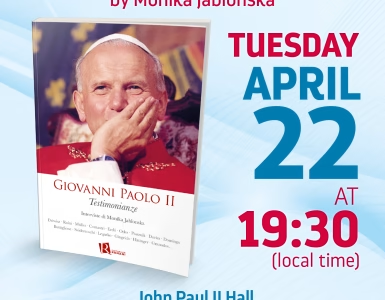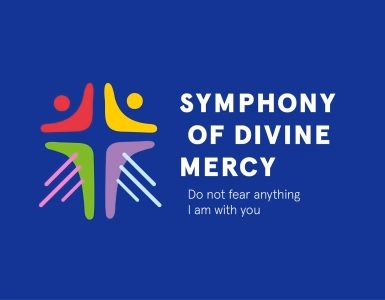At the end of his trip to Poland (1979) John Paul admitted that it was “an act of some courage on both sides”. It was a hand extended to the rulers in Warsaw and beyond. Meanwhile, five months later, all members of the secretariat of the KPZR Central Committee (including the future leader Gorbachev) approved the document of the party’s ideologue, Mikhail Suslov under the title: “Decision to counter Vatican policy in relations with socialist states”. This document sets out a series of concrete measures – including the infiltration of spies within the Holy See – to counter the actions of the Polish Pope.
In those days, nothing was known about it. But we realized that there were attempts to place spies in the Vatican; at least in one case. He was not a priest, but a deacon. After unmasking, he was removed and he melted in the fog. But there were probably others. The Holy Father was notified of this, but he did not pay much importance to this matter. He showed no fear, and he said, “I have nothing to hide.”
Since then, however, some and greater precautions have been taken. For example, it was decided to keep certain restricted documents or more important private letters in the papal suite. In particular, I recall the letters from Primate Wyszyński and several other cardinals, in which – it is worth noting – the Pope was already asked to carry out changes in the Roman Curia. As for the rest, every evening an employee came with an old briefcase full of documents from the Secretariat of State. The Holy Father read them and marked his remarks on every document. Then, everything was returned to the Secretariat. As far as I can recall, there were no suspicious leaks of news; unless, secret service agents have changed their strategy…
With the permission of Cardinal Stanisław Dziwisz – “At the side of the Saint”
St. Stanislaw BM Publishing House, Krakow 2013





